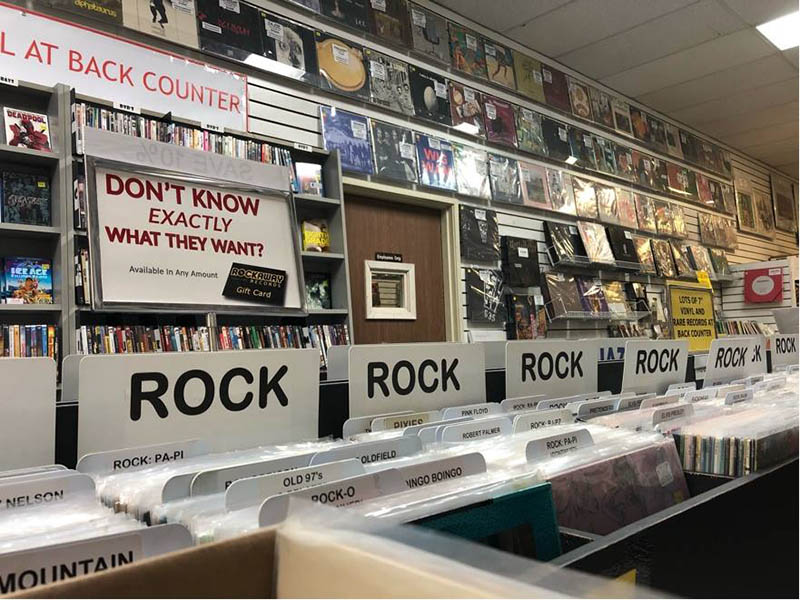

So engineers mastering for vinyl often cut back on extreme high or low ends, using a variety of methods, all of which alter the music.įor example, one common cause of high pitches in recordings is "sibilance," or the hiss-y sound produced by pronouncing certain consonants, notably "s" or "z"s, in a quick, sharp way (ex.: "zip," "shack," "sap"). If notes are too high, the stylus has difficulty tracking them, causing distortion. If notes get too low in pitch, that means less audio can fit in a given amount of vinyl. That both limits the dynamic range - the difference between the loudest and softest note - and the range of pitches (or "frequencies") you can hear. Vinyl is physically limited by the fact that records have to be capable of being played without skipping or causing distortion.

#Vinyl records near me no cd#
There are built-in problems with using vinyl as a data encoding mechanisms that have no CD equivalent. On a theoretical level, there's just no reason it should be the case that vinyl sounds better. What vinyl can't doĪ nice explanation of some of the challenges of mastering vinyl.

They sound different, and that's exactly the point. Vinyl is great, but the idea that its sound quality is superior to that of uncompressed digital recordings is preposterous. And in a world where people feel all too welcome to hijack the playlist at parties they attend, it's nice to have a harder-to-commandeer format on offer. Moreover, vinyl's just more fun as a format than MP3s or CDs there's something viscerally satisfying about dropping the needle, and physically spinning the record back to rewind. Happy Record Store Day! There are plenty of business-related grievances to be filed against the annual vinyl celebration, but it's hard to argue with the spirit of a day encouraging people to explore and buy new music.


 0 kommentar(er)
0 kommentar(er)
